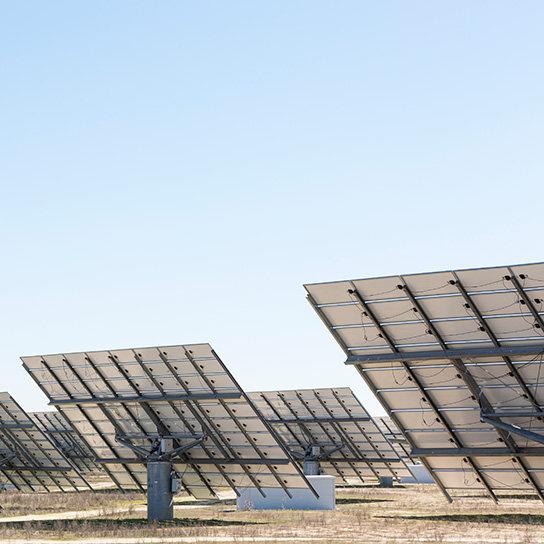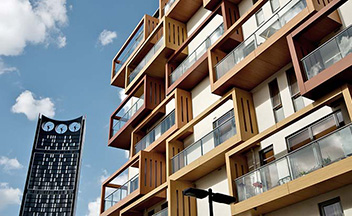The transition to a more sustainable world is progressing rapidly. The European Union aims to become climate neutral by 2050 through the European Green Deal. The UK have set the same target through the Climate Change Act.
The plans are an ambitious package of proposals to adapt policies on climate, energy, and transport to reduce net greenhouse gas emissions compared to 1990 levels. In order to deliver, the 2015 Paris UN Climate Change Conference (COP21) agreement aims to limit the global average temperature to below 2°C above pre-industrial levels.
Renewable energy
Renewable energy is (and will continue to be) a key factor in achieving this goal, with onshore and offshore wind, hydro and Photovoltaic (PV) all contributing. Due to the rapid growth, development and competition, PV costs have reduced significantly and have become a positive option to support environmental, social and governance (ESG) strategies. In the UK, the target is to achieve 50GW of PV by 2030.
PV solar energy, whether in residential, industrial or commercial applications, is based on capturing energy from the sun's rays and converting it to direct current electricity.
These new installations can bring uncertainties and risks to building owners. It is vital that careful consideration is given to ensure the benefits are obtained, without impacting the existing building or business.
Jens Steemann Kristensen, Research Consultant at the Danish Institute of Fire and Security Technology, has worked on a PhD thesis on this issue. Together with a group of international researchers, he has calculated that 29 fires will occur globally every year for every gigawatt of solar panels installed. While 67% of the fires relate to components in the solar panels, 33% relate to external ignition sources.
To mitigate and reduce risks posed by fires and other losses, insurance companies require standards that specify the following factors to be considered:
- Design
- Installation
- Maintenance of PV panels, covering both system performance and risk control
The existence of such clear rules is vital to the development of the technology. This helps to avoid or minimise operational disruption and material damage to installations. Their purpose is to ensure that they are as safe, strong and resilient as possible.
Installation of PV panels: what to consider
There are a number of considerations that must be taken into account when installing PV panels:
Location of the installation, and associated equipment
- Work with experienced companies in the sector and obtain references
- Understand the roof construction and carry out a load study including both wind and maintenance loads
- Provide safe access for maintenance purposes and firefighters
- Place inverters in areas that are easily accessible from the outside and preferably in fire rated enclosures
- Install a switch that allows manual de-energisation of the installation
- Consider and manage any potential theft risk
Equipment and materials
- Use Tier 1 suppliers – key factors are fire rating, equipment class and potentially hail rating
- Installations can benefit from remote load monitoring and alarm management, both in panels and inverters
- The use of UV-resistant, water-resistant, and flame-retardant cable is recommended, located within containment to provide impact protection
- The use of only one type of DC electrical connector for the entire installation is recommended
Commissioning and maintenance
- Contract a maintenance service through a qualified company, with the capacity to cover all aspects of the system:
- System integrity
- Electrical testing and thermographic survey
- PV module cleaning and housekeeping
A thorough analysis of all risks, safe design, and the implementation of fire protection measures will undoubtedly improve the safety and performance of PV installations throughout their useful life.
In summary, the expertise and the cover insurance companies provide can help to ensure that these viable technologies can be developed in the future. In addition to this, also help to implement systems that are sustainable and environmentally friendly.



